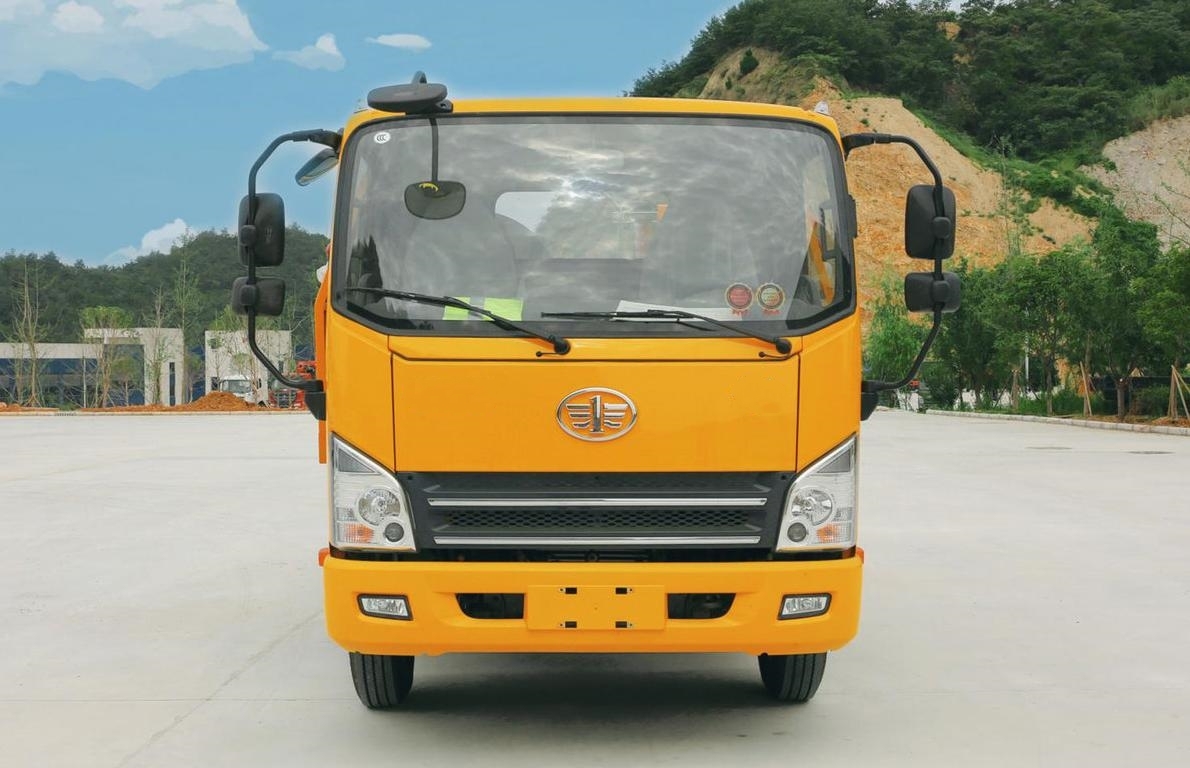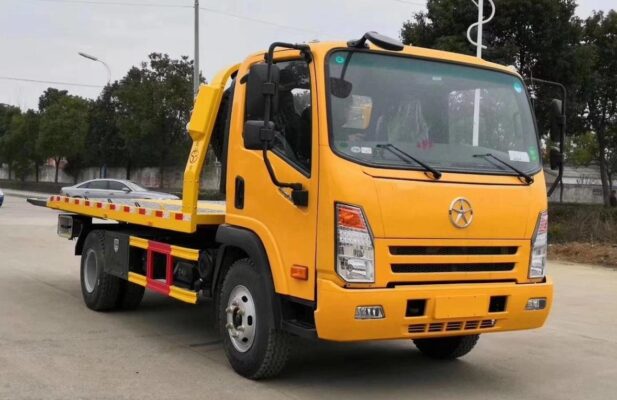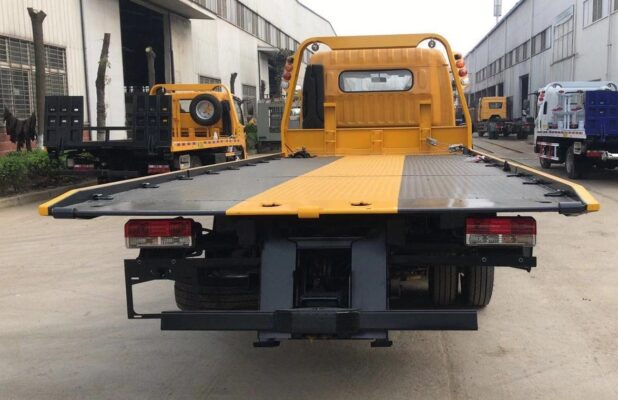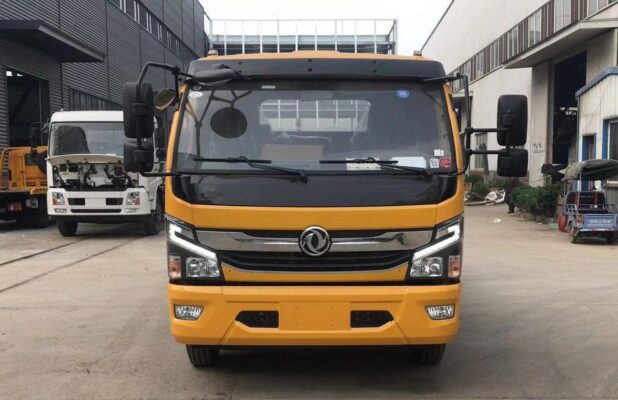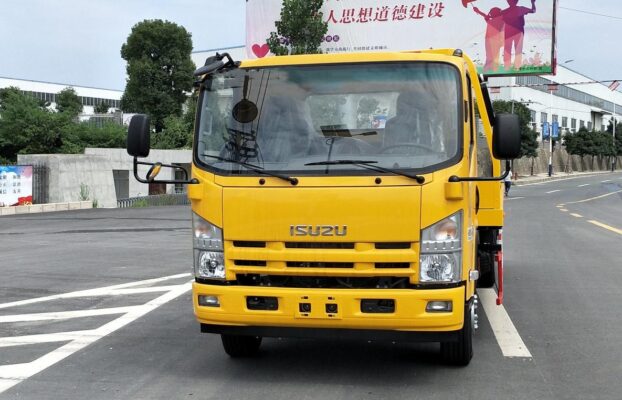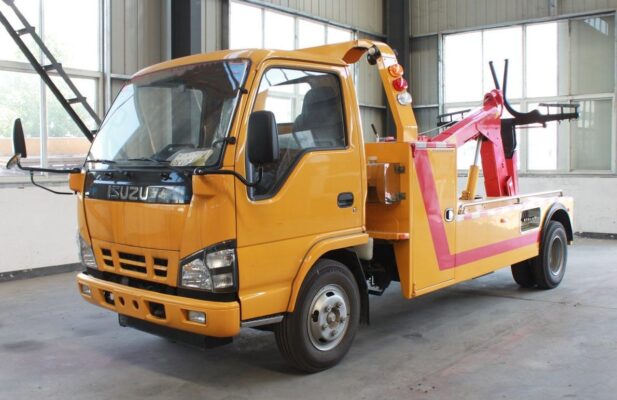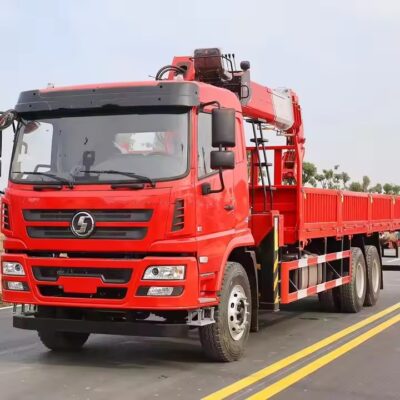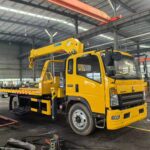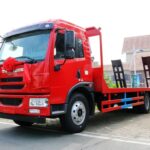To expand this set of safety precautions for lifting operations with hoisting tools into a more comprehensive 2000-word document, we will explore additional aspects such as the importance of pre-planning, detailed descriptions of the equipment used, various types of lifting operations, and the risks involved. I’ll also elaborate on the technical procedures, best practices, industry regulations, and standards that guide the use of hoisting tools. Here’s an enhanced and detailed version of your text:
Comprehensive Safety Precautions for Lifting Operations Using Hoisting Tools
Lifting operations in construction and industrial projects play a critical role in transporting and positioning heavy loads. Whether it’s hoisting large structural components, machinery, or materials, these operations rely heavily on mechanical equipment and hoisting tools. သို့သော်, lifting operations are categorized as high-risk activities due to the complex environments, heavy loads, and technical difficulties involved. Accidents during hoisting can result in serious injury, damage to property, and project delays. ထို့ကြောင့်, understanding and adhering to safety precautions is essential for all personnel involved.
The following sections provide detailed guidelines and precautions to ensure the safe execution of lifting operations.
1. Pre-Operation Planning and Risk Assessment
Importance of Pre-Operation Planning
Effective lifting operations begin with meticulous planning. A well-structured construction or lifting plan is essential, detailing the specific tasks, tools, personnel, and safety measures involved. This plan should be tailored to the characteristics of the load, the type of ကရိန်း or hoisting tool in use, the environmental conditions, and the complexity of the operation.
Key elements to include in the pre-operation plan:
- Load Specifications: Understanding the size, ကိုယ်အလေးချိန်, shape, and center of gravity of the object to be hoisted is crucial for selecting the right hoisting tools and determining the load’s stability during lifting.
- ပစ္စည်းရွေးချယ်ခြင်း။: ဟိ ကရိန်း or hoisting tool must be chosen based on its load capacity, operational range, and suitability for the site’s conditions.
- Personnel Assignment: Qualified personnel should be assigned to specific roles, အပါအဝင် ကရိန်း အော်ပရေတာများ, riggers, signalers, and supervisors.
- Weather Considerations: Weather conditions should be forecasted and considered in the planning process, particularly for outdoor operations.
Safety Briefings
Before any lifting operation, safety and technical briefings should be conducted with all workers involved. These briefings should cover:
- Roles and Responsibilities: Each person’s role must be clearly defined, especially the hoisting director, ကရိန်း operator, and rigging crew.
- Communication Protocols: Establish clear hand signals or radio communication systems between the signaler and the ကရိန်း operator.
- Emergency Procedures: Review the steps to take in case of equipment failure, weather changes, or accidents during the hoisting operation.
2. Establishment of Safety Zones and Warning Systems
Creating a Safe Working Environment
One of the critical steps in ensuring safety during lifting operations is the establishment of a safety zone around the hoisting area. This zone should be demarcated with visible signage and barriers to prevent unauthorized personnel from entering. In hazardous areas or where heavy loads are being moved, having a supervisor or safety personnel present to enforce safety rules is essential.
Safety zones should be designed considering:
- Clearance Around Lifting Area: ကြောင်းသေချာပါစေ ကရိန်း’s boom, hook, and load have ample clearance to move freely without risking collision with structures or workers.
- Exclusion Zones: These are designated areas where no personnel or equipment should be present during the hoisting operation, especially directly under the load or ကရိန်း boom.
- Warning Signs: Clear signage should indicate the risks in the area, including overhead loads, moving machinery, and restricted zones.
3. Qualified Personnel and Certification Requirements
Qualified Operators and Workers
Lifting operations should only be carried out by trained and certified personnel. The operator of the ကရိန်း or hoisting tool must hold valid certification for operating that specific equipment. In addition to the ကရိန်း operator, riggers and signalers involved in special operations must have undergone specialized safety training.
Certification and training should cover:
- ရိန်တာစစ်ဆင်ရေး: Operators must know the operational limits of the equipment, load capacity အပါအဝင်, hoisting speeds, and safety mechanisms.
- Rigger Training: Riggers should be proficient in load securing techniques, ensuring that slings, ခြေချင်း, and hooks are used correctly.
- Signaler Training: Signalers must be well-versed in standard hand signals and radio communication, allowing them to direct the ကရိန်း operator effectively.
4. Safe Working Positions and Load Securing
Safe Positioning for Personnel
Personnel working around hoisting equipment must always choose safe positions that keep them out of harm’s way. Workers should never stand or walk under the load, and those operating the winch or pulley system must avoid standing where wires pass overhead.
- Avoiding the Swing Path: The swing path of the load and ကရိန်း boom should remain clear of personnel at all times to prevent accidents.
- Securing the Load: The load must be securely attached to the hoisting equipment using appropriate rigging techniques. This includes the correct use of slings, ခြေချင်း, and hooks. The load’s center of gravity must be identified to ensure stability during the lift.
“Ten No-Lift” Rules
The following “Ten No-Lift” rules must be strictly followed to prevent accidents during ကရိန်း operations:
- Do not lift if the weight of the load is unknown or exceeds the ကရိန်း’s capacity.
- Do not lift if the load is not securely fastened or stabilized.
- Do not lift if there are people under or near the load.
- Do not lift if there are obstructions in the ကရိန်း’s swing path.
- Do not lift if the ကရိန်း or lifting equipment is malfunctioning.
- Do not lift if weather conditions are unsafe (ဥပမာ, high winds, heavy rain).
- Do not lift if visibility is poor, preventing clear command and control.
- Do not lift if the load is unbalanced or improperly rigged.
- Do not lift if communication between the operator and signaler is unclear.
- Do not lift if unauthorized personnel are present in the lifting area.
5. Equipment-Specific Safety Precautions
Manual Chain Hoist
Manual chain hoists are frequently used in lifting operations, but their safe use depends on proper training and technique. Operators must inspect the hoist before use to ensure the load is securely hooked and the chains are in good condition.
- Smooth Operation: When pulling the chain, avoid jerking motions that can destabilize the load. If the chain does not move easily, investigate the cause rather than applying excessive force.
- Load Capacity: Never exceed the load capacity of the manual chain hoist, and ensure that it is securely anchored before lifting.
Lever Hoist
Lever hoists are used for pulling or lifting smaller loads, and like chain hoists, their safe use requires training and careful inspection.
- Inspecting the Self-Locking Clamp: Before use, ensure that the self-locking clamp grips the wire rope securely and moves reciprocally. If the clamp is malfunctioning, the hoist should not be used.
- Gradual Lifting: Avoid sudden movements when operating the lever hoist, and maintain a steady pace to prevent load instability.
Jack
Jacks are used to lift heavy loads, and proper placement is crucial for safe operation. The surface on which the jack rests must be flat and solid to avoid sinking or tipping.
- Stability: Use wooden or steel plates under the jack to provide a stable base. Ensure that the top of the jack contacts a rough surface to prevent slippage.
- Balanced Lifting: Gradually lift the load, ensuring that it remains balanced and the jack does not tilt. If the load starts to lean, stop the operation and adjust the jack’s position.
6. Safe Storage of Components and Materials
Proper Stacking Techniques
When storing components or materials that will be lifted, it is important to ensure that they are stacked safely and securely to prevent accidents.
- Level and Solid Ground: The storage area should be level and capable of supporting the weight of the components. Avoid placing heavy loads on uneven or soft ground, which could cause the stack to collapse.
- Stabilizing the Stack: Use wooden planks to stabilize the components, and limit the stack height to no more than 1.6 meters to reduce the risk of tipping. In cases where additional stability is required, use supports or bracing.
- Exclusion Zone: Unauthorized personnel should be kept away from the storage area to avoid accidents caused by falling or collapsing components.
7. Weather Conditions and Environmental Considerations
Weather Restrictions
Hoisting operations should not be performed in adverse weather conditions, as wind, rain, snow, and fog can all increase the risk of accidents.
- Wind Conditions: Lifting operations should be suspended if wind speeds exceed level six (approximately 40–50 km/h). High winds can cause the load to swing uncontrollably, putting workers at risk and straining the ကရိန်း’s capacity.
- Rain and Snow: Rain and snow can make the ground slippery, increasing the risk of falls and accidents. ထို့ အပြင်, wet conditions may reduce the friction between the ကရိန်း’s components and the load, leading to instability.
- Fog and Low Visibility: Poor visibility impairs the ကရိန်း operator’s ability to see the load and surrounding environment, making it difficult to operate safely. Lifting operations should be postponed until visibility improves.
8. Post-Operation Safety Procedures
Securing Equipment After Use
Once the lifting operation is complete, it is important to properly secure the ကရိန်း and hoisting tools to prevent accidents during downtime.
- Lowering the Load: After the load has been safely positioned, lower the ကရိန်း’s boom and secure the hook to prevent it from swinging.
- Inspecting the Equipment: Conduct a post-operation inspection of the hoisting tools and ကရိန်း to identify any wear or damage that may have occurred during the operation. Replace or repair any faulty components before the next use.
- Cleaning the Site: Clear the work area of any debris, tools, or materials that could pose a hazard to workers during future operations.
နိဂုံး: Prioritizing Safety in Lifting Operations
The safety of lifting operations depends on a combination of thorough planning, trained personnel, and adherence to industry regulations. By following these precautions, construction sites can reduce the risk of accidents and ensure smooth, efficient lifting operations.
Proper equipment inspection, clear communication, and strict enforcement of safety zones are all critical components of a successful hoisting operation. ထို့ အပြင်, regular training and certification for workers involved in hoisting activities are essential to maintaining a safe working environment.
နိဂုံးချုပ်အားဖြင့်, lifting operations are inherently dangerous but can be performed safely with careful planning, professional oversight, and adherence to established safety protocols. Safety is always the top priority, and by implementing these precautions, we can protect workers and equipment, ensuring that every hoisting operation is completed without incident.

